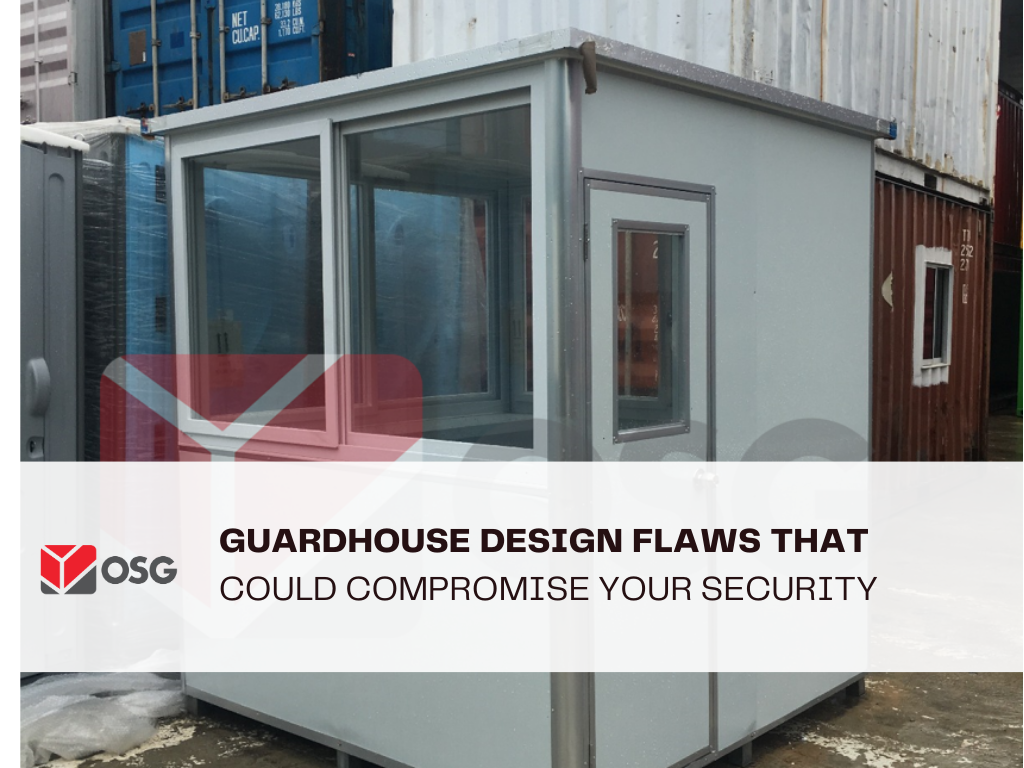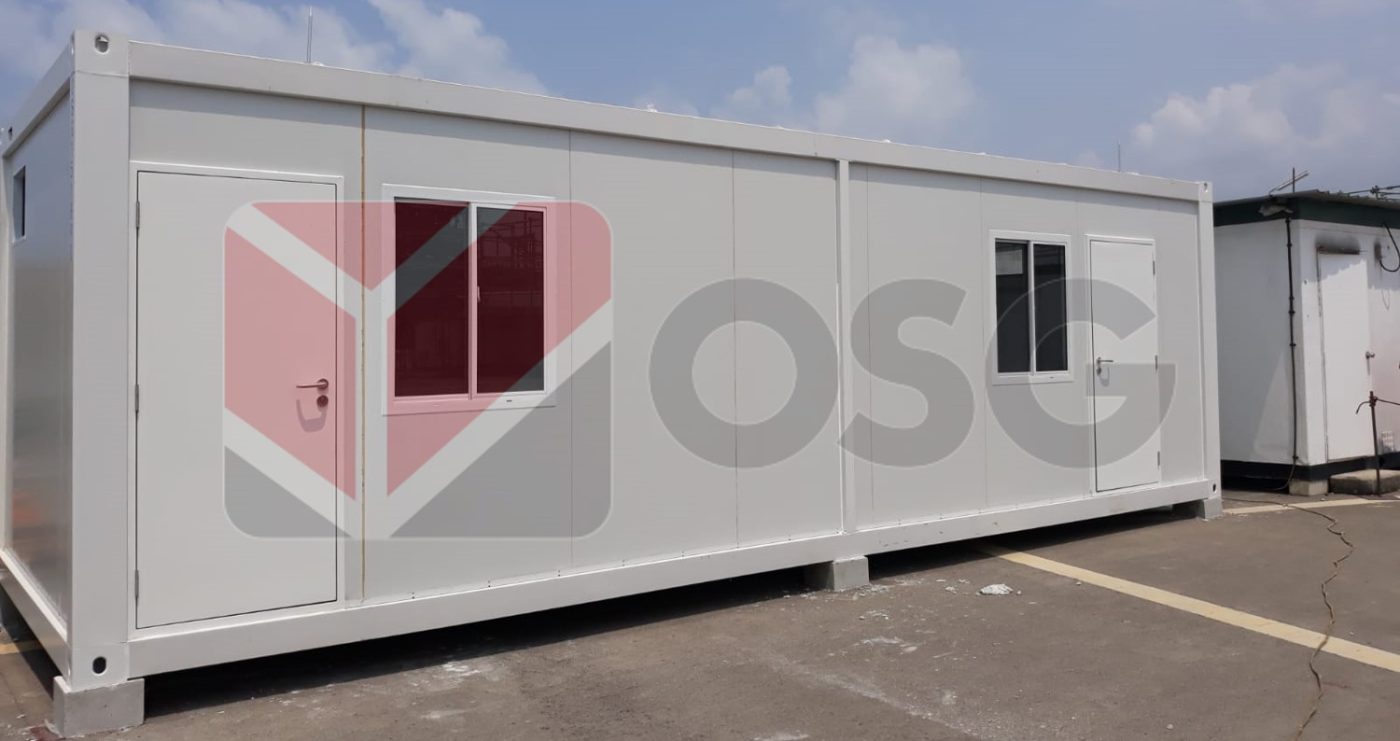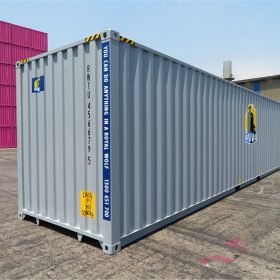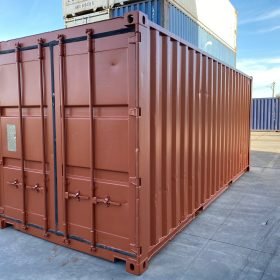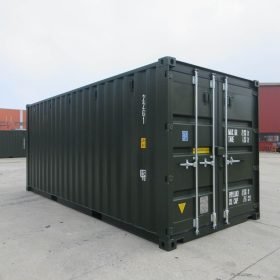Guardhouse Design Flaws That Could Compromise Your Security
A guardhouse is the frontline of security for many businesses, residential complexes, and critical infrastructures. It serves as the control center where security personnel monitor activities, manage entry and exit points, and respond to emergencies. However, the effectiveness of a guardhouse depends heavily on its design. Certain design flaws can severely compromise the security of the entire facility. In this article, we’ll explore common guardhouse design flaws that can undermine security and offer solutions to mitigate these risks.
1. Inadequate Visibility
One of the most critical aspects of a guardhouse is visibility. Security personnel need to have a clear line of sight to monitor incoming and outgoing traffic, as well as the surrounding area. Poorly designed guardhouses with limited windows, obstructed views, or blind spots can hinder a security officer’s ability to perform their duties effectively.
Solution: Ensure that the guardhouse is equipped with large, strategically placed windows that provide a panoramic view of the area it oversees. Additionally, consider installing security cameras to cover any potential blind spots, allowing guards to have a comprehensive view of the premises at all times.
2. Lack of Adequate Lighting
Proper lighting is essential for security operations, especially during nighttime or in low-visibility conditions. A poorly lit guardhouse can make it difficult for security personnel to identify potential threats, compromising the overall security of the facility.
Solution: Incorporate sufficient lighting both inside and outside the guardhouse. Use motion-sensor lights to conserve energy while ensuring that the area is well-lit when needed. Additionally, consider using infrared lighting for areas that require surveillance in complete darkness.
3. Insufficient Space for Operations
A cramped or poorly organized guardhouse can lead to inefficiencies and reduced effectiveness in security operations. Security personnel need adequate space to work, store equipment, and handle various tasks without feeling constrained.
Solution: Design the guardhouse with enough space to accommodate all necessary equipment, including communication devices, monitors, and storage for essential items. The layout should allow security personnel to move freely and access everything they need without obstruction.
4. Weak Structural Integrity
The guardhouse is not just a monitoring station but also a protective shelter for security personnel. If the structure is weak or made from substandard materials, it could easily be compromised during an attack or extreme weather conditions, putting both the guards and the facility at risk.
Solution: Construct the guardhouse using durable, weather-resistant materials that can withstand potential attacks or natural disasters. Consider reinforcing the structure with bulletproof glass and steel doors to provide additional protection.
5. Poor Communication Systems
Effective communication is crucial for security personnel to respond promptly to emergencies and coordinate with other staff members. A guardhouse with outdated or unreliable communication systems can result in delayed responses, escalating potentially dangerous situations.
Solution: Equip the guardhouse with modern communication tools, including two-way radios, intercom systems, and a direct line to local law enforcement or emergency services. Ensure that these systems are regularly tested and maintained to avoid any malfunctions during critical moments.
6. Lack of Climate Control
Security personnel often spend long hours in the guardhouse, and the lack of proper climate control can affect their comfort and performance. Extreme temperatures, whether hot or cold, can lead to fatigue, reduced alertness, and slower reaction times.
Solution: Install heating, ventilation, and air conditioning (HVAC) systems in the guardhouse to maintain a comfortable working environment. Additionally, consider using energy-efficient windows and insulation to keep the guardhouse at an optimal temperature throughout the year.
7. Inadequate Access Control
The guardhouse is the first point of entry for many facilities, and if access control measures are insufficient, unauthorized individuals could easily gain entry. A guardhouse with weak access control can compromise the security of the entire site.
Solution: Implement robust access control systems, such as keycard readers, biometric scanners, and automated gates. Ensure that security personnel are trained to use these systems effectively and that they follow strict protocols for allowing or denying entry.
Conclusion
The design of a guardhouse plays a pivotal role in the overall security of a facility. By addressing common design flaws such as inadequate visibility, poor lighting, insufficient space, weak structural integrity, outdated communication systems, lack of climate control, and inadequate access control, you can significantly enhance the effectiveness of your security operations. Investing in a well-designed guardhouse not only protects your property but also ensures the safety and efficiency of your security personnel.

